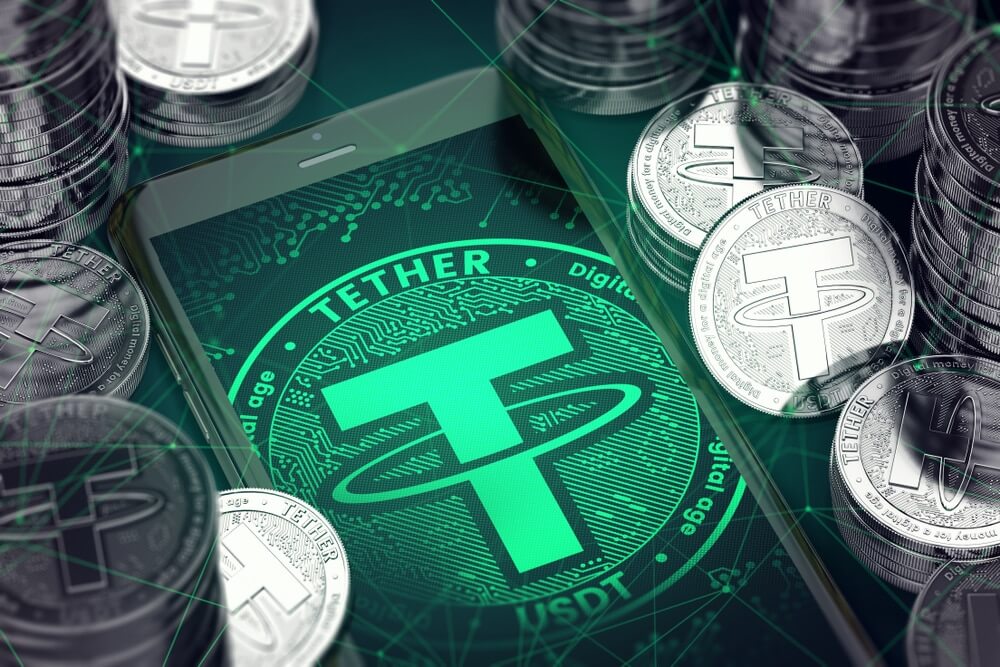
How Does Tether Work?
Most cryptocurrencies we know of thrive on speculation and generate profits for traders due to their high volatility. Tether (USDT) is another story – its goal is to keep cryptocurrency valuations stable. This stablecoin was specifically designed to build the bridge between fiat currencies and cryptocurrencies.
In this short guide, we’ll explain how Tether manages to “stabilize” the price of its tokens.
What Is a Stablecoin?
A stablecoin is a digital currency that is pegged to a reliable reserve asset. With Tether, this asset is the US dollar. If you look at the USDT сhart, you’ll see that ever since the launch, the price of one token has been $1. There have been minor price fluctuations over the years, but the asset hasn’t dropped lower than $0.92 (April 23, 2017) or increased higher than $1.08 (December 12, 2017).
This means users buy Tether (USDT) for reasons other than speculative.
Stablecoins combine the best features of both worlds – traditional-asset stability and digital-asset flexibility. They are free from the volatility of regular cryptocurrencies (non-pegged), yet they keep some of the most powerful properties of crypto:
- Transparent, global, and accessible all over the world at any time;
- Fast, cheap, and secure to transmit;
- Programmable and malleable to new cryptographic algorithms and protocols.
The Technology Behind Tether
Tether is built on Omni Layer, a platform for creating and trading custom digital assets and currencies, formerly known as Mastercoin. It is just one of the many digital currency protocols that were created on top of the Bitcoin blockchain.
By using the Omni Layer protocol, Tether leverages Bitcoin’s ability to anchor data permanently on its blockchain with some advanced Omni-specific features. There are multiple networks powered by this technology. However, USDT is by far the largest – over 75% of transactions facilitated by the protocol are made by USDT users.
What Is the Purpose of Tether?
Firstly, we should point out that some people still use Tether as an investment asset, mainly for liquidity and to hedge against other currencies. But USDT excels in another area – making crypto transactions easier and cheaper. Currently, more than 75% of Bitcoin trading is carried out through USDT, even though USD seems like an obvious choice.
The bulk of Tether users are:
- Traders who don’t want to move their crypto assets to fiat
- International investors who don’t have bank accounts in USD
Another practical use of USDT is P2P lending. This is an arrangement where users deposit their tokens into a compound smart contract and earn passive income from other users trading their USDT reserve. However, this use case requires a lot of faith in the project’s long-term stability.
Is Tether Reliable?
The project has hit a few hurdles along the way. Namely, an alleged hack in 2017, where $31 million worth of USDT coins were stolen, a subpoena issued after refusal to carry out a necessary audit of its real-world reserve, and an accusation of a loss of $850 million dollars of co-mingled client and corporate funds from investors.
It’s clear that Tether should be used to store funds. But the store of value has never been the goal for Tether’s creators. As with anything in the crypto world, you should be aware of the risks. But USDT’s daily transaction volume shows that it’s a useful tool for dealing with other cryptocurrencies, so make sure to use Tether for the right reasons.


